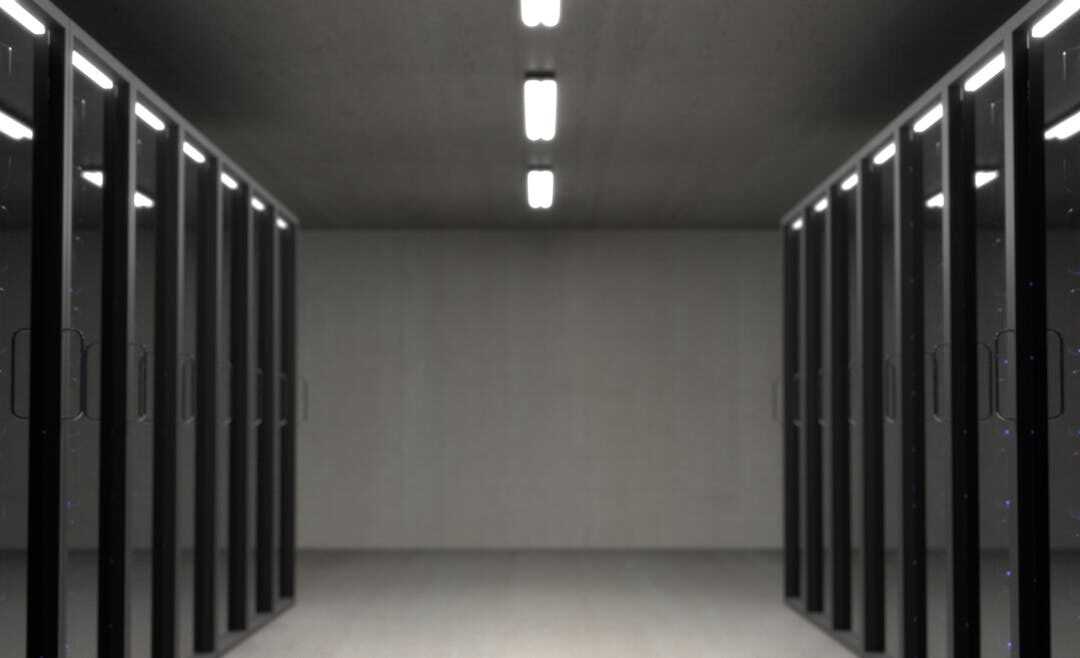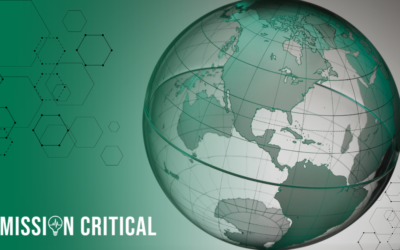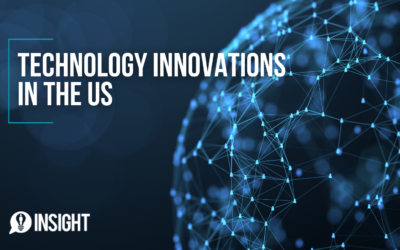Data Centres have been crucial to the survival of many businesses during the pandemic. They have enabled the transition from office working to working remotely, have provided a platform for e-commerce businesses to trade online whilst physical shops were closed during lockdowns, facilitated moves to tech-enabled systems, and have maintained business continuity through connectivity and communication.
It is no surprise that the Data Centre market has been booming. According to a survey by Business Critical Solutions (BCS), 60% of senior Data Centre professionals across Europe anticipate an increase in demand moving forward into 2021. This is a huge increase of 20% from the 40% recorded last year.* Moreover, a huge 90% of their investor and property developer respondents saw a rise in their portfolio of technical real estate.
As large consumers of resources, from energy consumption to water usage, Data Centres will be put under the microscope when it comes to sustainability. Environmental concerns have dictated that businesses in all sectors evolve their green propositions, working them into ongoing strategies and future budgets. From improving efficiency to building sustainable models, the Data Centre industry will continue to evolve in the search of more environmentally friendly solutions.
The pandemic has demonstrated the vital importance of effective connectivity and reliable infrastructure for businesses to operate.
– Florian Winkler, CEO of the Global Data Centers EMEA division of NTT Ltd
Central to the pandemic response has been the Data Centre which has been the engine room enabling the health response, the mass home working effort, maintaining degrees of business continuity as well as keeping disparate families in contact
– James Hart, CEO at BCS
What are the current issues?
Almost equal to the global airline industry, Data centres are responsible for approximately 2% of greenhouse gas emissions. They also accounted for 1% of the total energy usage worldwide in 2020 and it is predicted that this will grow to 3-13% by 2030. There are also projections that by 2028, 30% of energy demand in Ireland will be from data centres (EirGrid, 2019), and 15% in Denmark by 2030 (Danish Energy Agency, 2019). **
This is expected given a rise in the number of servers deployed globally from 11 million in 2006, to 18 million in 2020. Since it is estimated that only 17.5% of the electricity generated by power plants reaches the servers, eradicating losses through the investment of new infrastructure and tech is at the top of many agendas. For example, advancements in Fuel cell technology are being considered to improve efficiency – in some instances, savings could be as high as 29.5%.***
The amount of water used in generating electricity and cooling is also an escalating problem. The UN has stated that water needs to be treated as a scarce resource, with a far stronger focus on managing demand. In 2019 alone, Google was granted more than 2.3 billion gallons of water for data centres in three different states. Whilst the company now utilises recycled water or seawater, as well as recirculating its supplies, it hasn’t eliminated using drinking water or draining local supplies.****
What’s being done?
Air cooling vs liquid cooling looks to be a point of contention as new developments are implemented across various Data Centre sites. Facebook (alongside Nortek Air Solutions) has developed a new system called StatePoint Liquid Cooling (SPLC), an evaporative cooling system using water instead of air to cool data halls. In comparison with earlier indirect cooling system models, the SPLC system is estimated to reduce water usage by more than 20 per cent in hot and humid climates and by almost 90 per cent in cooler climates.
As renewable energy sites are built at an increased rate and capacity expands, green energy is becoming more available as a source of power. Microsoft has announced its transition to using renewable wind energy as a resource. Also, in 2019, for the third year in a row, Google purchased enough renewable energy to match their annual global electricity consumption.
The move toward Hyperscale centres and cloud-based technology is also a trend that will continue to gain traction. For instance, Seoul’s largest Hyperscale Data Centre KT DX IDC Yongsan, which opened in November 2020 reportedly has the equivocal environmental impact of saving 3.85 million trees. The facility is KT’s 13th and boasts efficient cooling systems which cut cooling costs by 20%. KT plan to cut carbon emissions by 26,000 tons annually and this centre the company says will help them achieve this.
Another green Data Centre to go live in November was JAK2 (the first centre by SpaceDC). JAK2 targets colocation customers and counts thermal wall technology and high efficiency electric air-cooled chillers among its environmentally friendly attributes. The company have their own, environmentally friendly, power supply with a natural gas power generator, a feature for larger customers who don’t want to rely on the local grid.
As well as improving the design of Data Centres, big strides in technology and infrastructure have been made. Reducing data storage has become a focus, especially as demand continues to rise. Techniques such as data compression, deduplication and thin provisioning are being deployed to address this issue and new algorithms are being developed continually
Data Centres are enormous consumers of resources, and demand for the computing power that Data Centres provide is growing at an astonishing rate. As an emerging and vital sector, sustainability considerations must be placed at the heart of all future advancements in infrastructure, technology, and services.
References:
* The BCS survey’s audience group consists of 3,000 owners, operators, developers, consultants and end-users.
** https://davidmytton.blog/how-much-energy-do-data-centers-use/
*** https://davidmytton.blog/how-much-water-do-data-centers-use/
The Insight Engineering and Technology teams can support you across a breadth of Power Generation, Data Centre Design and Infrastructure, and Cloud projects. We recruit the best technical talent across these sectors and work with a variety of clients, supporting their hiring needs.
For more about our tech divisions, take a look here: https://www.insight-rec.com/tech/
And for our Engineering divisions, take a look here: https://www.insight-rec.com/engineering/
If you have any immediate requirements or are a looking for a new role get in touch here: info@insight-rec.com
See More From Our Blog
Meet Our New Mission Critical Team Member – Jacob Jackson
Here at Insight Recruitment, we’re excited to further expand and strengthen our Mission Critical team. Jacob Jackson joins the Insight family in the position of Recruitment Consultant specialising in the Mechanical industry…
read moreIndustry Update – The Evolution of the Data Centre Market in Europe
In today’s digital age, data centres serve as the backbone of our interconnected world. They are the central hubs powering the storage, processing, and distribution of vast amounts of information…
read moreIndustry Update – Technology Innovations in the US
In today’s ever-evolving world, the United States continues to be at the forefront of technological innovations, shaping industries and driving global progress…
read moreMeet Our New US Tech Team member – Joe Flower
Here at Insight Recruitment, we’re excited to further grow our US Tech team as we aim to explore new markets…
read moreMeet Our New Mission Critical Team Member – Georgia
Here at Insight Recruitment, we’re excited to further expand and strengthen our Engineering team. Georgia Ellyatt joins the Insight family in the position of Recruitment Consultant specialising in the Mechanical & Electrical industry.
read moreMeet Our New Operations Team Member – Anna Prudencio
Here at Insight Recruitment, we’re excited to further grow our Operations team as we aim to Empower Sustainable Growth…
read more








Recent Comments